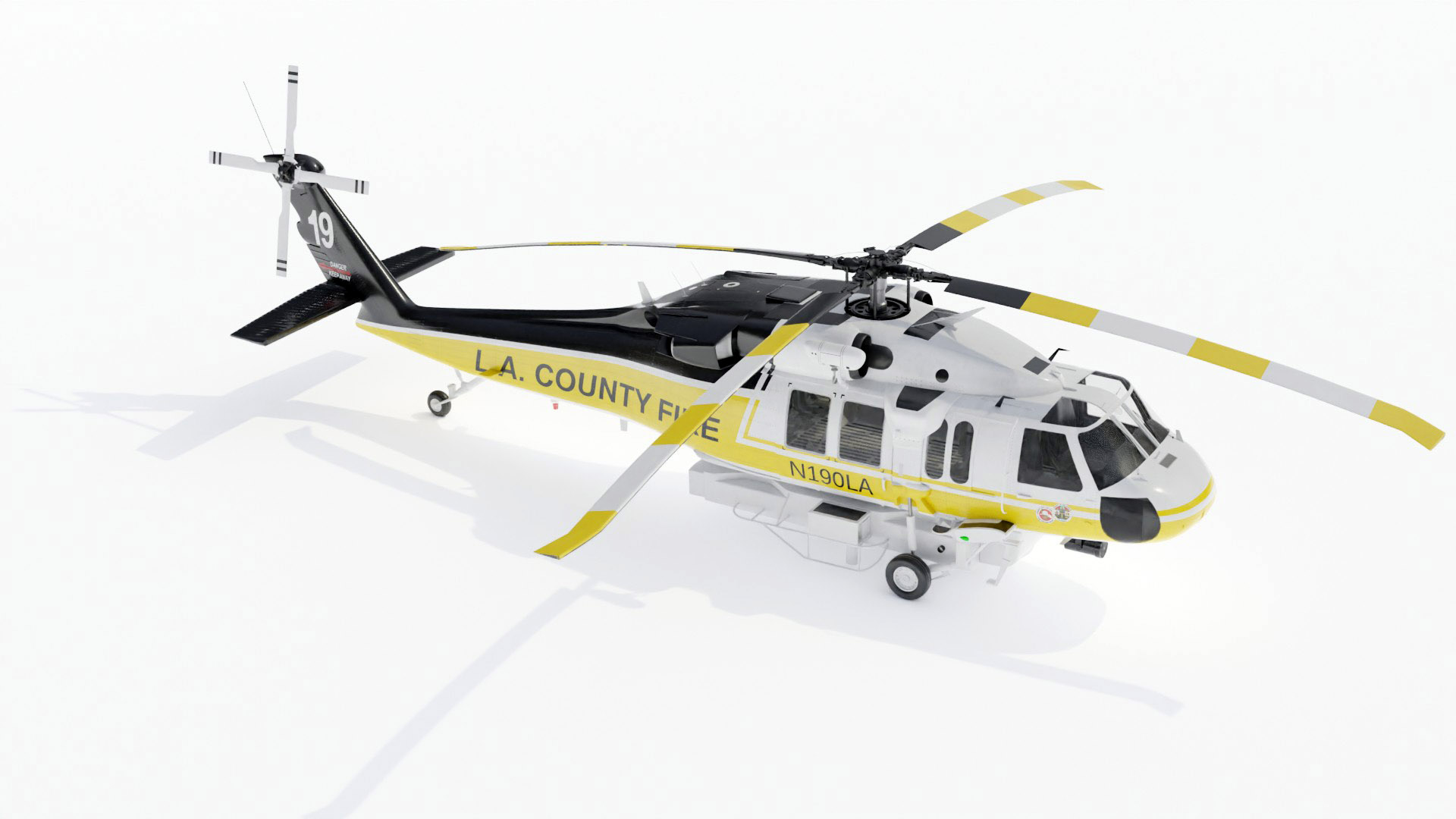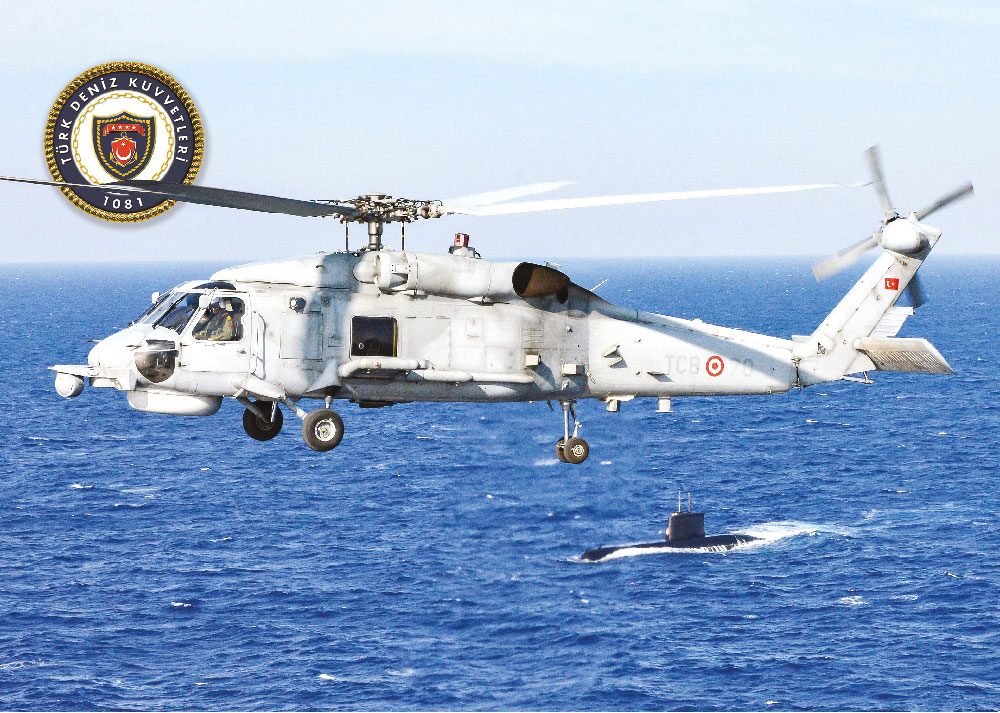Sikorsky S 70: Transforming Tactical Procedures with Cutting-Edge Modern Technology
Sikorsky S 70: Transforming Tactical Procedures with Cutting-Edge Modern Technology
Blog Article
High-Performance Multi-Role Rotorcraft Featuring Advanced Cockpit Technologies and Integrated Sensor Solutions
The world of rotorcraft modern technology has seen notable improvements in recent times, especially in the world of high-performance multi-role rotorcraft geared up with innovative cockpit modern technologies and flawlessly integrated sensing unit systems. These innovations have not only enhanced the operational capabilities of rotorcraft but have also significantly impacted contemporary aviation operations on various fronts. From improved mission convenience to boosted functional effectiveness, the merging of sophisticated cockpit modern technologies and incorporated sensing unit systems has ushered in a brand-new age of possibilities for rotorcraft applications. In the following conversation, we will explore the evolution of rotorcraft modern technology, look into the realm of advanced cabin technologies, and examine the effects of integrated sensing unit systems on the operational convenience and performance of contemporary rotorcraft.
Evolution of Rotorcraft Innovation
The evolution of rotorcraft modern technology has been marked by considerable advancements in the rules of aerodynamics, products, and propulsion systems, forming the capabilities and efficiency of modern rotorcraft. Aerodynamic enhancements have actually enhanced the efficiency and maneuverability of rotorcraft, permitting for increased rate, dexterity, and security throughout trip (sikorsky s 70). Innovations in materials, such as the usage of composite materials and advanced alloys, have caused lighter yet more powerful rotorcraft structures, enhancing general performance and sturdiness. Furthermore, innovations in propulsion systems, including a lot more effective engines and ingenious propulsion technologies, have allowed rotorcraft to accomplish greater altitudes, faster rates, and greater hauls.
These advancements have not only changed the capacities of rotorcraft yet have actually also expanded their applications throughout different markets, consisting of military, business, and emergency services. The continual development of rotorcraft modern technology remains to drive innovation in the area, pushing the limits of what is possible and forming the future of vertical trip.
Advanced Cabin Innovations
Building upon the fundamental advancements in the rules of aerodynamics, materials, and propulsion systems, the world of rotorcraft modern technology currently shifts emphasis towards introducing Advanced Cabin Innovations. The integration of cutting-edge modern technologies within the cockpit setting plays an essential duty in improving the operational capacities, safety and security, and efficiency of modern rotorcraft. sikorsky s 70. Advanced Cabin Innovations encompass a large array of features created to provide pilots with improved situational awareness, streamlined information administration, and instinctive control interfaces
One of the vital developments in cabin style is the implementation of glass cockpits, which change traditional analog gauges with high-resolution display screens. These digital systems provide personalized designs, real-time data combination, and enhanced readability, making it possible for pilots to accessibility crucial info at a look. Advanced avionics systems, such as fly-by-wire controls and boosted fact displays, are transforming exactly how pilots connect with the aircraft, allowing for accurate control and improved decision-making capacities.


Incorporating advanced cockpit innovations not just improves pilot efficiency however likewise adds to total goal performance and security in complex functional atmospheres. By leveraging modern innovations within the cockpit, rotorcraft suppliers are establishing brand-new standards for functional excellence and goal success.
Integrated Sensing Unit Solutions
With the advancement of rotorcraft innovation, the integration of sophisticated Integrated Sensor Equipment has come to be critical in enhancing functional efficiency and security. These Integrated Sensor Systems include a wide variety of innovations that offer critical data for different functions such as navigating, surveillance, targeting, and ecological monitoring. By seamlessly incorporating sensing units like radars, cameras, lidar, and infrared systems right into rotorcraft, operators can profit from improved situational awareness, enhanced objective capacities, and decreased pilot work.
One key benefit of Integrated Sensing unit Systems is their capability to collect real-time data and give workable insights to pilots and objective drivers. Progressed radar systems can detect and track targets over long distances, permitting for very early hazard discovery and reliable response preparation. In addition, incorporating electro-optical and infrared cams enables rotorcraft to perform reconnaissance and surveillance objectives with accuracy and accuracy.
Essentially, the combination of innovative sensing unit innovations into rotorcraft not only improves functional effectiveness but also contributes considerably to total mission success and staff safety and security. As rotorcraft remain to evolve, the duty of Integrated Sensing unit Equipment will definitely stay at the leading edge of innovation in the aerospace market.
Operational Versatility and Efficiency
Enhancing functional versatility and efficiency in rotorcraft is an site here all-natural progression from the combination of advanced Integrated Sensor Equipments. By leveraging the insights and information given by these innovative sensing unit systems, rotorcraft can enhance their performance throughout various missions and settings.
Functional flexibility incorporates the capacity of rotorcraft to adjust to different duties and situations effectively. With sophisticated cabin modern technologies and incorporated sensing unit systems, rotorcraft can seamlessly shift in between tasks such as search and rescue, medical discharge, monitoring, and a lot more. This adaptability improves the rotorcraft's capacity to satisfy diverse operational demands without requiring considerable reconfiguration.
Effectiveness in rotorcraft procedures is important for making best use of i thought about this objective performance and resource application. Integrated sensor systems play an essential duty in enhancing functional efficiency by providing real-time data on weather problems, terrain mapping, target tracking, and extra. This information enables pilots to make educated choices swiftly, maximize flight courses, preserve fuel, and enhance total mission efficiency.
Effect On Modern Aeronautics Procedures

In addition, the combination of advanced sensing units promotes boosted mission preparation and execution, enabling rotorcraft to perform a wide variety of jobs with enhanced precision. From search and rescue operations to aerial firefighting and police goals, the capacities of contemporary rotorcraft equipped with sophisticated cabin innovations and integrated sensing unit systems are unequaled.
Additionally, the influence of these advancements expands past operational effectiveness to cost-effectiveness and sustainability. By maximizing flight paths, fuel intake, and upkeep timetables, high-performance rotorcraft equipped with sophisticated cabin innovations and sensors add to reducing operational expenses and environmental influence, making them important properties in modern-day aviation operations.
Final Thought
To conclude, the high-performance multi-role rotorcraft with innovative cockpit modern technologies and integrated sensing unit systems stands for a substantial advancement in air travel modern technology. These developments improve operational flexibility and effectiveness, eventually influencing modern aeronautics procedures in a favorable method. The assimilation of these advanced modern technologies allows for improved abilities and efficiency in various objective situations, showcasing the continued improvement of rotorcraft technology in the air travel market.
The realm of rotorcraft technology has visit site actually seen significant innovations in current times, specifically in the realm of high-performance multi-role rotorcraft geared up with innovative cockpit innovations and perfectly integrated sensing unit systems. From improved objective flexibility to improved functional effectiveness, the convergence of sophisticated cockpit technologies and integrated sensor systems has actually ushered in a brand-new age of possibilities for rotorcraft applications. In the following conversation, we will certainly check out the evolution of rotorcraft technology, delve right into the realm of advanced cockpit developments, and check out the effects of integrated sensing unit systems on the functional flexibility and efficiency of modern-day rotorcraft.

Report this page